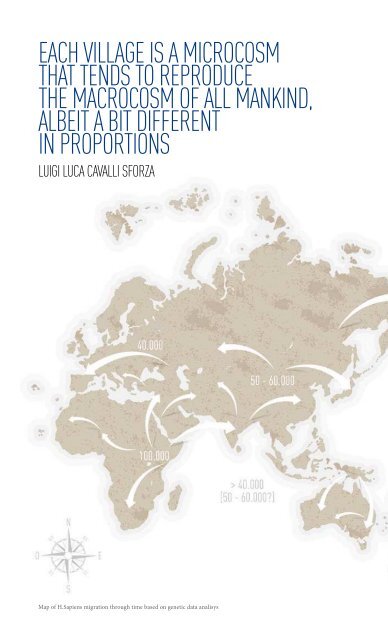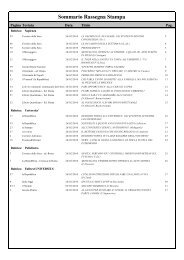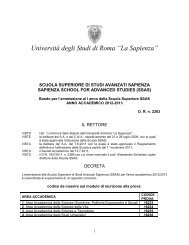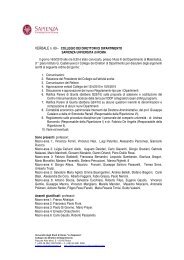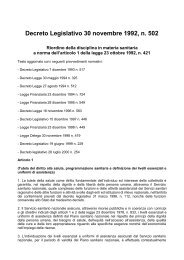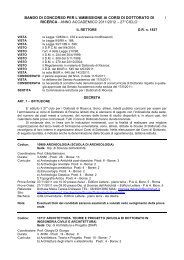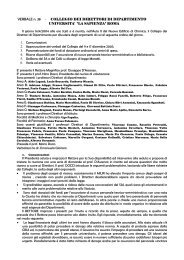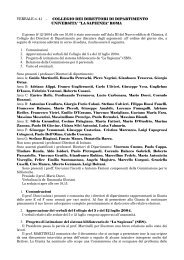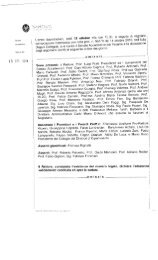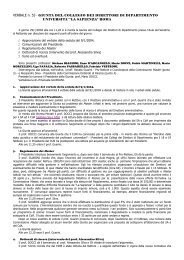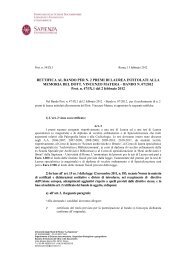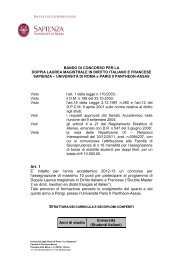HOMO SAPIENS
HOMO SAPIENS
HOMO SAPIENS
Create successful ePaper yourself
Turn your PDF publications into a flip-book with our unique Google optimized e-Paper software.
EACH VILLAGE IS A MICROCOSM<br />
THAT TENDS TO REPRODUCE<br />
THE MACROCOSM OF ALL MANKIND,<br />
ALBEIT A BIT DIFFERENT<br />
IN PROPORTIONS<br />
LUIGI LUCA CAVALLI SFORZA<br />
Map of H.Sapiens migration through time based on genetic data analisys<br />
Homo Sapiens. The great history of human diversity is an international exhibition,<br />
conceived entirely in Italy, dedicated to the ambitious interdisciplinary<br />
research project founded, among others, by the Italian geneticist, professor<br />
emeritus at Stanford University, Luigi Luca Cavalli Sforza, who for decades<br />
has probed the most hidden recesses of the depths of the history of human<br />
diversity, uniting molecules, fossils, cultures and languages in a coherent<br />
overall framework of evidence.<br />
Today for the first time, an international group of scientists has begun to connect<br />
the paths of ancient history that led our species to leave a small valley in<br />
Ethiopia less than 200,000 years ago to colonize the whole planet, region after<br />
region, spreading to form a wide variety of peoples and different cultures.<br />
This exhibition tells where we came from and how we managed, migration by<br />
migration, to populate the entire planet, constructing a kaleidoscopic mosaic<br />
of current human diversity.<br />
MANY OTHER HISTORIES BEFORE THE “HISTORY”: WE WERE NOT ALONE<br />
What happened in that long and mysterious period of time between the birth<br />
of our genus Homo in Africa and that of the human history written with a<br />
capital ‘H’ that we study in school? Where did the many populations whose<br />
successors are living in every region of the Earth come from? We, as a human<br />
species, have only been on this planet for a very short time.<br />
If an extraterrestrial anthropologist had come down to Earth a few thousand<br />
years before the construction of the Egyptian pyramids, he would have come<br />
across at least five species of the Homo genus: our ancestors of the Homo<br />
sapiens species spread all over the world, along with the robust and intelligent<br />
Neanderthals in Europe and Asia, to perhaps another species of Homo<br />
discovered in 2010 in southern Siberia, to the later form of the species Homo<br />
erectus that survived in the valleys on Java, and the small hobbits (Homo floresiensis)<br />
who lived on the island of Flores in Indonesia: another surprising<br />
and very recent cousin of modern man, discovered in 2004 – small pygmylike<br />
humans with a brain no bigger than a chimpanzee’s, but possessing the<br />
same advanced technology as Homo sapiens.<br />
Yet not long afterward, modern man would remain as the only specimen of<br />
humanity on Earth at the end of a process of diversification of the various<br />
species of the genus Homo that had begun two million years earlier: a process<br />
that had produced the first completely biped exemplars of Homo, such as the<br />
charming little boy of the Turkana, then followed by a series of “out of Africa”<br />
expansions, with sites inhabited by ancient species of the genus Homo in<br />
Georgia, Pakistan, China, Indonesia, Spain and throughout the “old world”.<br />
We descend from a history of walkers and small tribes that expanded their<br />
territories to survive. Not only that, but we are the products of six million<br />
years of hominid diversification, adaptations, innovations and explorations<br />
of different biogeographical areas, of a variety of bipedal forms (two of which<br />
already walked on the volcanic ash at the Laetoli site 3.5 million years ago!)<br />
that inspired the paleoanthropologist Tim White to use the metaphor of the<br />
intergalactic bar, borrowed from Star Wars. In the end, however, after a long<br />
period of prehistoric encounters of different types (perhaps with some hybri-


